videos + essays
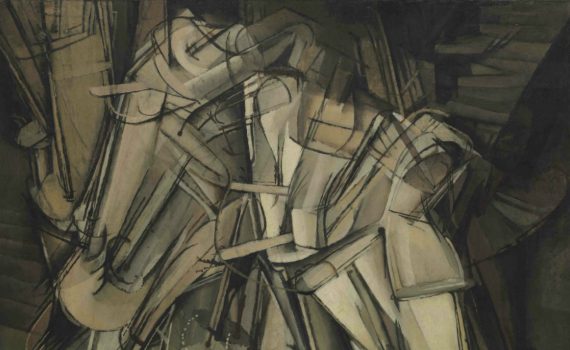
Marcel Duchamp, Nude Descending a Staircase, No 2
As the European public grew increasingly hard to scandalize, Duchamp crossed the Atlantic to stir up more trouble.
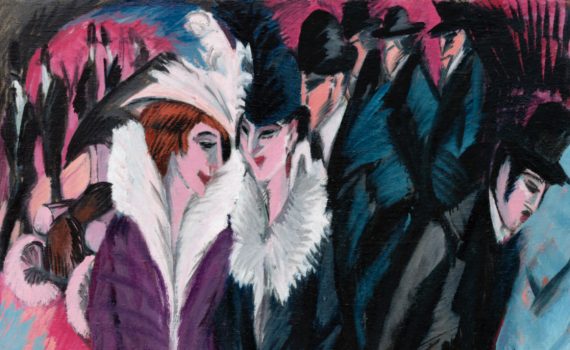
Ernst Ludwig Kirchner, Street, Berlin
Kirchner’s claustrophobic city scene reflects on a culture where everything is for sale.
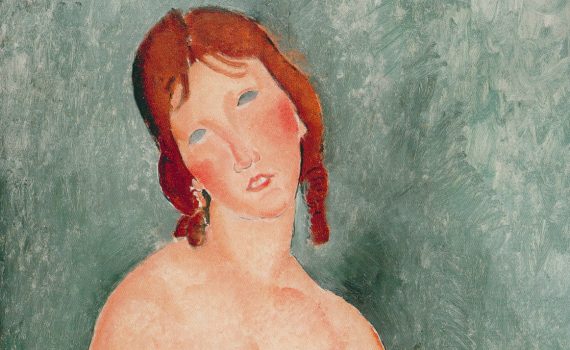
Amedeo Modigliani, Young Woman in a Shirt
“Wearing” would be much too strong a word for this woman’s relationship to her shirt.
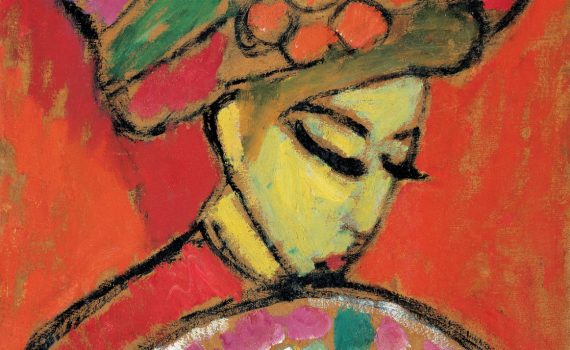
Alexej von Jawlensky, Young Girl in a Flowered Hat
Jawlensky rejected the principles of his arts education in order to embrace Expressionism at its most extreme.
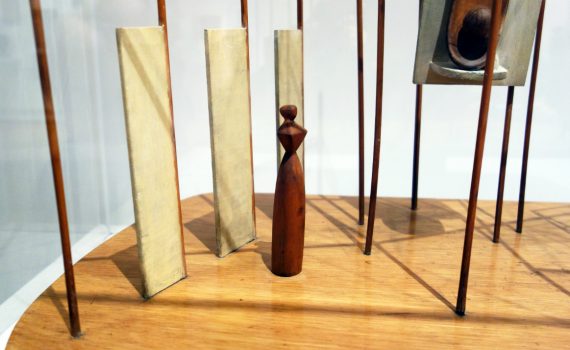
Alberto Giacometti, The Palace at 4 a.m.
The architectural forms of a dream are constructed as a stage set, ready to be taken apart and reconfigured.
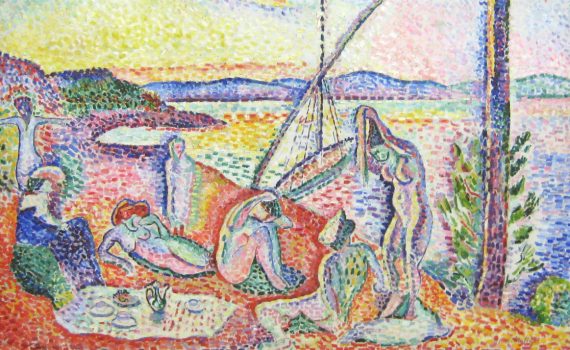
Henri Matisse, Luxe, calme et volupté
Matisse borrows brushwork technique from his pal Signac—but don’t call him a Pointillist just yet.
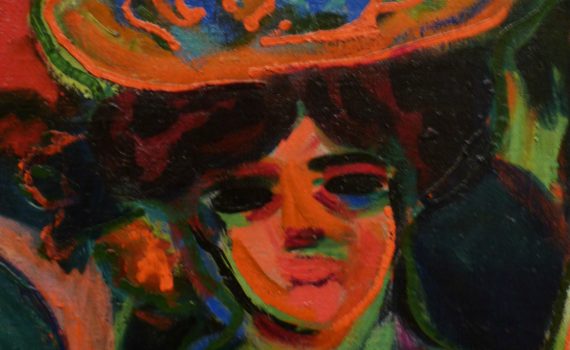
Ernst Ludwig Kirchner, Street, Dresden
Kirchner defines his city with only the figures: there is not a building in view.
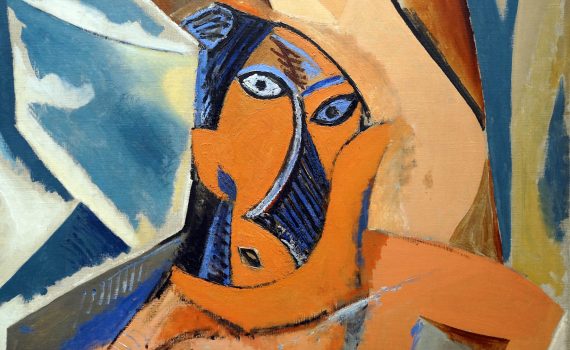
Pablo Picasso, Les Demoiselles d’Avignon
Picasso loved the magic of illusionism—but here, he shatters it.
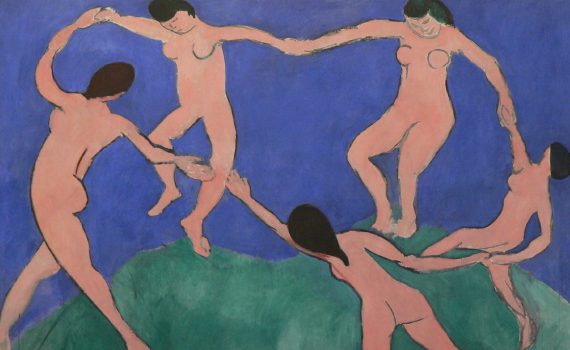
Henri Matisse, Dance I
You know that painting from third grade your mom won’t take off the fridge? This is different. Mostly.
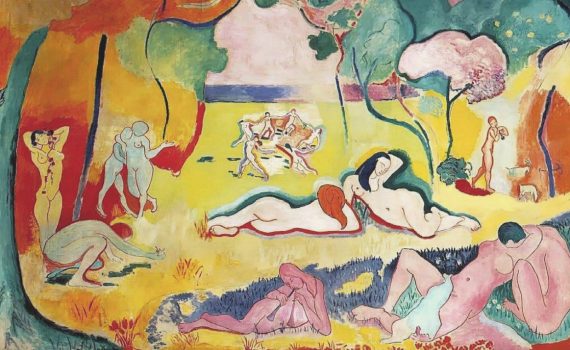
Henri Matisse, Bonheur de Vivre
Though its languid poses reference Titian, this was regarded as the most radical painting of its day.

